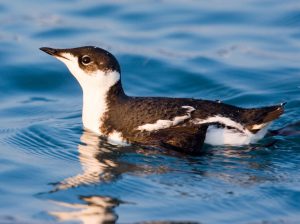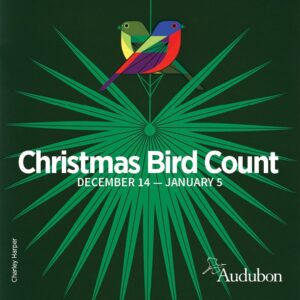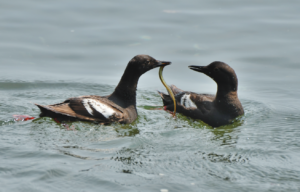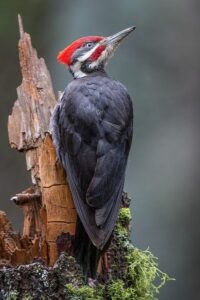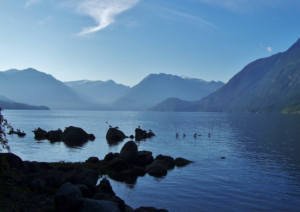December 2017: Washington’s Board of Natural Resources (BNR) selected “Alternative D,” one of the seven conservation strategies under consideration for guiding the Department of Natural Resources (DNR) in protecting the murrelet on the 1.3 million acres of state lands within this species’ breeding range. DNR staff is currently analyzing Alternative D and plans to issue a supplemental draft Environmental Impact Statement (EIS) in summer 2018.
The selection of Alternative D is a disappointment to the conservation community. In a press release issued on November 8, the Marbled Murrelet Coalition (a group of local and regional conservation organizations) stated that, “In the selection of their preferred alternative, the BNR has ignored scientific recommendations to protect all remaining murrelet habitat on public forests, as well as the [DNR’s] obligations to promote murrelet recovery. The BNR’s selected strategy is expected to reduce murrelet populations on state lands, which will further imperil its survival in Washington. The BNR’s approach does not comply with Endangered Species Act requirements and it erroneously assumes that the State does not have the authority or obligation to help recover wildlife that depends on coastal state forests for survival.”
Once the DNR releases its draft Supplemental EIS, there will be a 60-day public comment period. Audubon chapters will be actively engaged in this process. Following the public-comment period, the US Fish & Wildlife Service will complete a Biological Opinion, and will publish Official Findings (a statement that issuing the take permit will “have no effect,” “may affect, but not adversely affect,” or “may affect and is likely to adversely affect” Marbled Murrelets survival). The DNR hopes to submit its final EIS in May 2019 at which point the BNR will decide whether or not to adopt the Long-Term Conservation Strategy, a required component of its Habitat Conservation Plan, which will remain in effect until 2067.
Click here for more information on the proposed Alternative D from the DNR website. NOTE: The details of this alternative will likely undergo modifications before its environmental impacts are analyzed by the DNR.
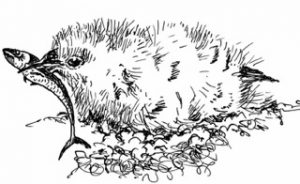
Why is the Long Term Conservation Strategy so important? Based on the age and location of the DNR’s state forest lands (in closer proximity than federal lands to marine waters, especially in murrelet “hot spots” in Southwest Washington and along the Strait of Juan de Fuca) the DNR forests are biologically significant for the survival and recovery of Marbled Murrelets in Washington.
BHAS has been actively engaged in this important murrelet conservation plan for several years and will likely continue for many more to help protect the Marbled Murrelet in Washington’s coastal forests and marine waters graced by these marvelous, imperiled seabirds. (by Maria Ruth, illustration courtesy Paul Harris Jones)
If you are new to conservation advocacy and unfamiliar with the many acronyms, please take a moment to read 11 Acronyms to Save the Murrelet.


